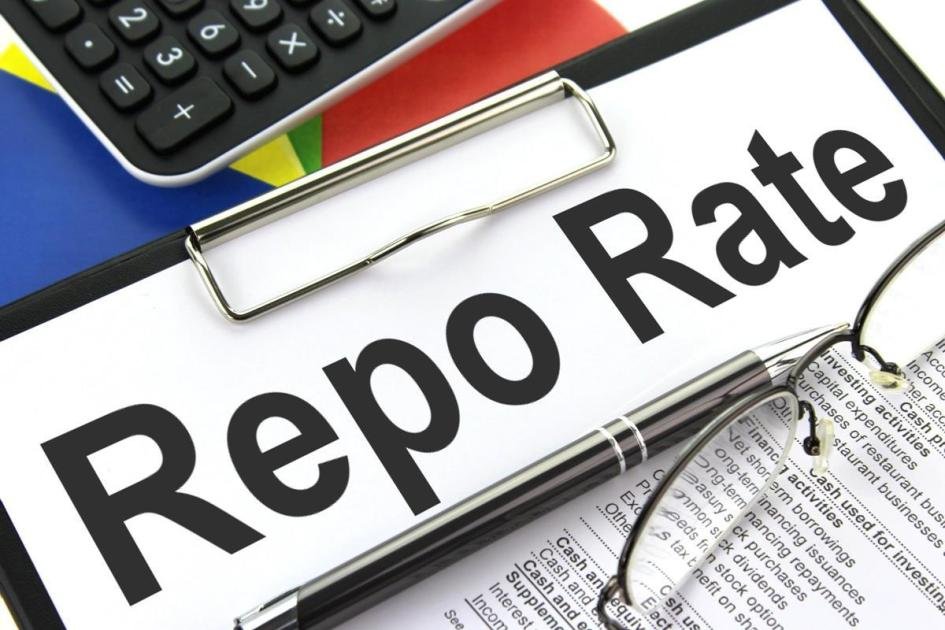When you think of financial solutions, especially during challenging economic times, banking institutions come to mind. After all, they offer different types of loans that one can use to bounce back in business, build homes, and make other types of investments.
Well, do banks always have the finance you need? The answer is NO. Financial institutions tend to run out of cash once in a while and then borrow funds using treasury bills as their collateral. The interest rate at which they are given loans from the central bank is called the repo rate, and the same is referred to as the reverse repo rate when the central bank gets loans from the smaller banks.
What determines the repo rate?
The current economic situation determines the Repo rate. Usually, it increases when there is high inflation, preventing the banks from borrowing, and reduces when the inflation falls to increase the money supply.
How does the repo rate affect your loan interest rate?
Repo rate not only affects the banking institutions that borrow from the central bank. It trickles down to the bank’s clients as well. For instance, when the repo rate is high, it implies that the banks are getting the loans at a high-interest rate and thus will increase the interest rates given to its clients. On the other hand, if the repo rate is reduced, it translates into affordable loans to the banks and their borrowers.
Currently, the repo rate is pegged at 4%. This is lower compared to the 4.40% as of 17/04/2020. This means that banks are now able to access loans at a lower interest rate and hence are able to reduce interest rates given to their clients.
Discussed as follows are some ways the current repo rate affects your loan interest –
Home loans
Home loans are crucial for families intending to build or buy homes. Not many people can buy homes without the help of banks. Usually, mortgages take a long period. Some take ten years or even longer. The interest paid on home loans is reviewed yearly. This means that an increase/decrease in the repo rate will affect the loan interest rates of the following year.
Because of the current reduced rates, you will get your home loans at a lower interest rate. However, those who might have taken home loans before the reduced repo rates will have to continue with the same rates until the next financial year.
Auto loans
Car or vehicle loans are also affected by the current repo rate. For auto loans, the interest rate is fixed. If you had availed of a loan when the interest rates were high and after some time the interest is lowered, the low-interest rates will not have any impact on the existing loan. Only new clients can benefit from the reduced interest rates.
SME loans
Small and medium enterprises are the backbone of an economy. Many SMEs acquire loans from banks to help them grow their businesses. The current repo rate determines interest rates applied to SME loans. If it is high, the loans will be more costly since the interest rates levied will be on the higher side. Since the current repo rate in India is 4 as opposed to the 4.40% of the previous years, this implies that SME loans are now given at a lower interest rate.
With the current rates, banks can give more loans to small and medium enterprises at an affordable rate. This enhances growth in the trade sector and improves the economy. Lower interest rates are also a way of helping SMEs rebuild their businesses after the COVID 19 pandemic.
Personal loans
Personal loans are loans given by banks and online lenders and are meant to cover different expenses. One can take a personal loan to pay for an event like a wedding, school fees, or even furnish a home. Repo rate directly affects personal loans, wherein the higher the repo rate, the higher the interest rates and vice versa.
Short term loans
Short-term loans are another way through which banks make money. Some short-term loans, like emergency loans, have shorter repayment tenors. Consumers or bank clients pay interest on short-term loans. Interest paid on these loans varies from one bank or financial institution to another. Since banks get their money from the central bank, the repo rate will also affect short-term loans.
Final thoughts
On comparing the repo rate vs reverse repo rate, it is easy to figure out why the interest rate charged by banks is an outcome of this factor. Regardless of whether it is an emergency loan, short term loan or any other type of loan, the interest rate charged by the bank is the result of the repo rate existing at the time. Therefore, the repo rate affects your loan interest rates and can significantly impact the number of monthly instalments that you are required to pay to the bank.


